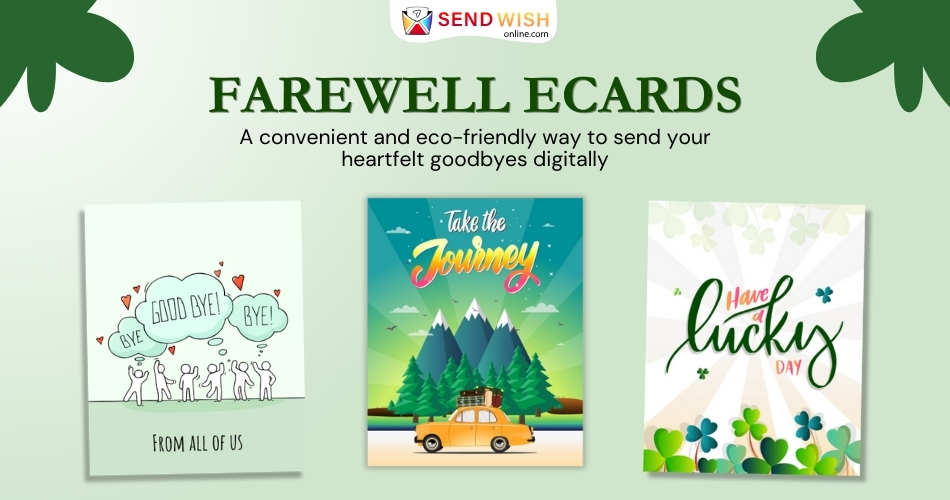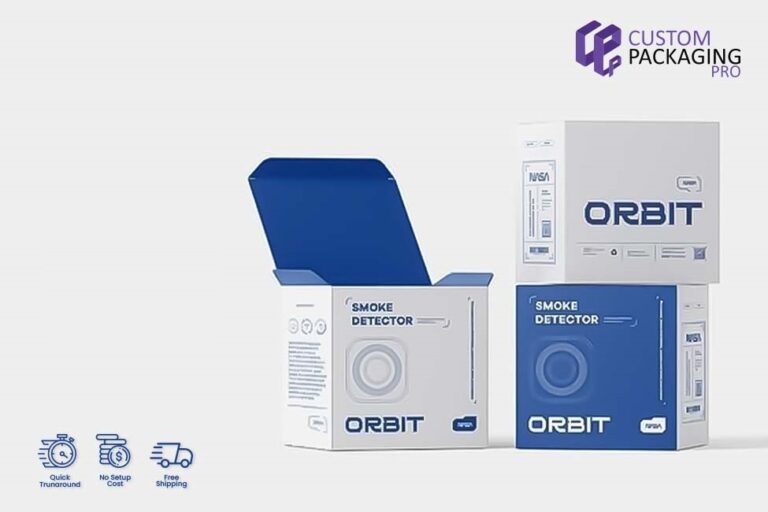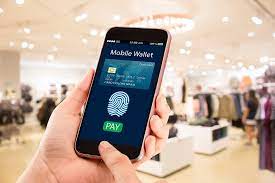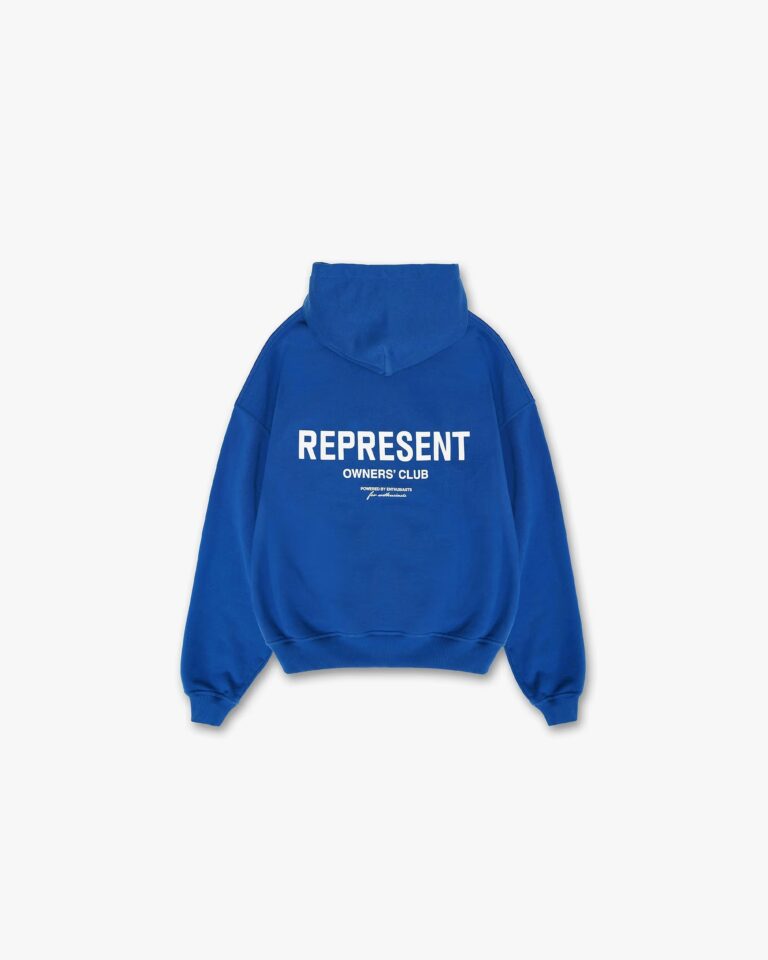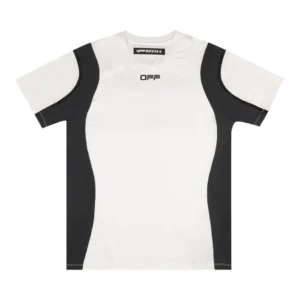Goodbyes are among the most emotional and touching moments in life, be it the leaving of a job by one of your colleagues, moving away by a friend, or venturing into new chapters by a loved one. In these scenarios, a farewell card can be an extremely personal way to appreciate, support, and convey one’s good wishes. This article discusses the need for farewell cards, the history of farewell cards, emotional touches, practicality, and tips on getting the right farewell message.
1. How Farewell Cards Came into Being and Their Evolution
Goodbye cards reflect a rich history of change in social etiquette and forms of communication. Cards used to celebrate or announce one’s life events originated during the beginning of the 19th century. In the early days, cards were very simple and mostly formal in nature; they were used just for making some announcements. Gradually, they developed into a fine art of expressing one’s feelings of good wishes and goodbyes.
In the 20th century, mass-produced cards revolutionized the way one could express his feelings. Businesses like Hallmark begin to print cards for every moment, whether it be goodbyes or anything else. These greeting cards evolved to use various themes and designs that would suit tastes and relationships.
By the 21st century, the format had widened into digital technology through the creation of e-cards and online websites. The real essence of the farewell card remains the same: to give meaning to the act of bidding goodbye and trying to express the proper feelings of appreciation, best wishes, and support.
2. The Emotional Impact of Farewell Cards
Farewell cards can never be treated or thought of as pieces of paper or words on a digital platform but are highly emotive in nature for both the giver and receiver. Here’s how they impact people’s emotions emotionally:
2.1 For the Receiver
Validation and Acknowledgment: A good farewell card confirms the receiver’s effort and presence, making him feel significant and recognized. It reminds them of the positive mark they have left on others’ lives.
Comfort and Support: Farewell cards can comfort emotional situations when there is a need for transition. Be it someone’s leaving the company, moving, or any other major change in life, a gentle word indeed helps to calm and support the feelings of the individual.
Keepsake Value: Most of the recipients treat the farewell cards as keepsakes. They can look back upon at a later date and remember the bonds that were shared and the experiences which were a part of the experience, thus proving of great value to personal history.
For the Sender
Expression of Emotions: A farewell card will assist the sender to put across his or her emotions in a far-better-organized and respectable way. It allows one to put across sentiments that, when persönlich, are hard to bring out.
Closure and Reflection: For the sender, a farewell card can be purgatory in nature. This is because it provides a chance for reflection on the relationship and the impact caused by the departure, thus bringing closure.
Strengthening Relationships: A personalized farewell card can cement the relationship. It shows that the sender actually cares and is interested in the future of the recipient, thus tightening the bond between the two.
3. Designing the Ideal Goodbye Card
Developing a very memorable and meaningful goodbye card goes beyond selecting the design. Here are some tips for making sure your card touches the recipient’s heart:
3.1 Choosing the Appropriate Design
Personalise the Design: Select a design that will suit the nature or personality of the receiver, or even the kind of relationship you share with them. For instance, a funny card would be better reserved for a close friend and not so much in a professional setting.
Add that Touch of Personalization: Make it special by adding inside jokes or something relating to shared memories or any other particular thing relating to their accomplishment that makes it special.
3.2 Write a Thoughtful Message
Be Real: Write from the heart. Express your real feelings and express your message with sincerity and authenticity. Try to keep off the generic messages and zero in on what really makes your relationship special.
Share Memories: Refer to particular memories or anecdotes that encapsulate good times shared with the recipient. This can make the message even more memorable.
Express Good Wishes: Conclude the letter by wishing him good luck for his future. It may be his or her moving to a new city or taking up a new job, the appreciation expressed by you will boost him up and provide him with moral support.
3.3 Think About the Format
Traditional vs. Digital: Decide whether the situation calls for a physical card or an e-card. Traditional cards are personal and real, while e-cards have the advantage of ease and provide an opportunity to include multimedia.
Presentation: Adding a personal touch to the presentation itself, perhaps a note in personal handwriting, or even some small gift, in the case of physical cards. On e-cards, it would be possible to add animations or even any personal audio messages.
Once all contributions are in, Sendwishonline.com facilitates the delivery of the group card in a digital format.
4. Farewell Cards in Various Contexts
The nature of farewell cards and the way they are presented vary according to situations. Some of these are:
4.1 Farewell Cards in the Workplace
Professional Tone: A formal workplace is a place where professional tone should, most of the time, be reflected. Recognize the recipient reader’s contribution to your organization and add a touch of sentiment by emphasizing how much you really value his or her work.
Group Cards: A group card is a nice idea to voice collective appreciation from a team or a department that is losing one of its own. Make sure that all of them get a chance to drop a message.
4.2 Personal Farewell Cards
Close Relationships: For close friends and family, goodbye cards may be less formal and can include reminiscences about times you have shared and your personal feelings.
Special Occasions: If the good-bye relates to some important change of life for the other person, such as retirement or graduation, make it special by mentioning the importance of the life event and accomplishments.
4.3 Digital Farewell Cards
Convenience: E-cards and online farewell messages are particularly convenient for far-flung relations or when there happens to be limited time. Make sure that the digital format still conveys a personal touch.
Interactive Elements: Use some multimedia features, such as videos or animation, to enhance the digital farewell card and make it interactive.
5. The Future of Farewell Cards
Next-generation innovations in farewell cards are sure to come with technological advances. Some trends include virtual reality, interactive e-cards, and personalization of digital experience. But it essentially remains what a farewell card could do: giving a heartfelt byword and meaningful sentiment. This will never change.
Conclusion
Farewell cards hold a special place in the art of saying goodbyes. It is a special opportunity to show gratitude, give comfort, and bond the relationship. Be it a traditional paper card or in modern digital media, farewell cards represent the same meanings, capable of catching the sense of the moment and carrying emotions genuinely. Choose a suitable design and write nice words according to the context of the receiver while making a farewell card.


